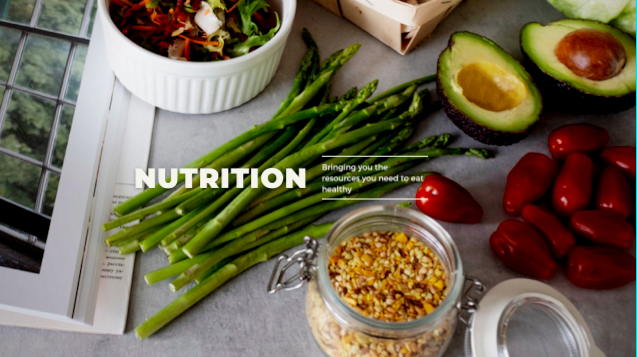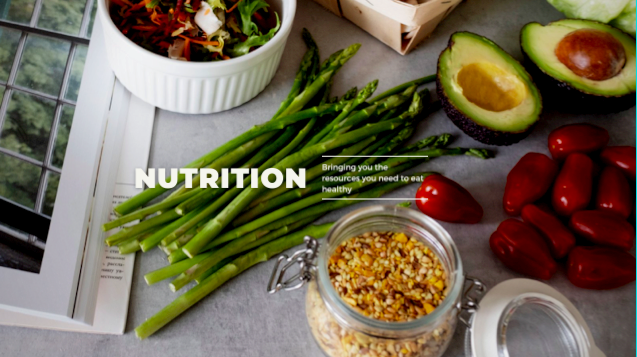
Current statistics on nutrition:
Participants in a study were shown to answer that 50% of them were consuming more sugar than they should while the real number was 69% (Duffy, 2019, p.30).
People answered that they 50% of them were consuming more calories than the allotted daily value (Duffy, 2019, p.32).
Some barriers to nutrition were identified to be “the perception that healthy foods were too expensive, calorically dense large portion sizes served at family meals, it is time consuming to cook, and frequency of eating foods away from” (Seguin et al., 2014).
Another huge contributor is the beverage choice of the person, water quality needs to be adequate or the option to have other types of drinks is highly desired over poor tasting beverages (Allender et al., 2015).
Am I eating healthy? How do I know?
-Create a food diary
-Consult your provider
-Use an app to track if you have access to a phone and internet (Ex. Calorie Counter, MyPlate, Fitbit, Apple Watch)
-MyFitness Pal- MyFitnessPal is a powerhouse app, with an enormous food database, barcode scanner, recipe importer, restaurant logger, food insights, calorie counter, and so much more. Whether you’re monitoring your nutrition to lose weight, change bad habits, build muscle, or just hold yourself accountable for what you’re eating, MyFitnessPal makes it easy.
-Make sure to have all of the food groups each and every day
What can I do?
Educate yourself on the foods you are eating. Look at the food labels, what nutrients are contained within your food? Here is a video to explain reading food labels:
Use the resources available on the internet and other resources below to make sure you are getting the correct nutrients for yourself.
What are the current food guidelines? (Based on MyPlate recommendations)
Fruit- The amount each person needs can vary between 1 and 2 cups each day.
Vegetables- The amount each person needs can vary between 1 and 3 cups each day.
Grains- The amount each person needs can vary between 3 and 8 ounce-equivalents each day — at least half of the grains you eat should be whole grains.
Proteins- The amount each person needs can vary between 2 and 6½ ounce-equivalents each day.
Dairy- The amount each person needs can vary between 2 and 3 cups each day.
Ready to test your knowledge?? Try this game to test your knowledge on the food groups. OR this game to test your new knowledge on food and exercise.
Additional resources (all links are attached)-
MyPlate– This is an excellent resource for understanding nutrition and food groups. It is the basis for the information above and has tons of videos, games, and other helpful activities that can help you understand nutrition.
SNAP– This is a website created for those who receive SNAP benefits but it also has some great resources for maintaining a budget when shopping for healthy foods. There are some really good recipes on this website that are simple and easy to follow.
Create a Menu- This is essential for keeping on task while shopping for groceries and maintaining a budget. There are sample menus and ideas for healthy and affordable recipes on MyPlate, SNAP and other internet resources. When in doubt if something is healthy, it is best to keep food in its most natural state.

Thanks for reading and I hope this has spurred a hope in you for changing your life to be healthy and fit!


